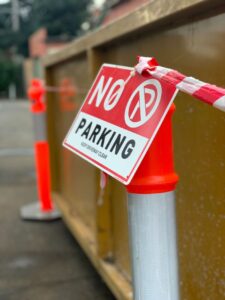Soil type is important in foundation stability in Adelaide because it provides information concerning soil fertility, drainage, water-holding capacity, and erosion potential. Professional underpinning contractors know that these details are essential in making informed land use and management decisions.
In this post, we will discuss soil classifications and how they relate to foundation stability.
What is the Soil Classification System in Australia?
The Soil Classification System in Australia is a way of grouping soils into different classes for easier identification. The four main types are organic soils, sands, loams, and clays.
There is also the Soil Class Foundation, which refers to the seven different soil classes in the country. The most common soil types in Adelaide are the following:
- A: Sites with sand and rock that exhibit little to no ground movement due to moisture changes
- S: Slightly reactive clay sites with minimal ground movement resulting from moisture changes
- M: Clay or silt sites that are moderately reactive and may experience moderate ground movement due to moisture changes
- H1: Sites with a high rate of ground movement, resulting in 40-60mm of surface movement
- H2: Sites with a very high rate of ground movement, resulting in 60-75mm of surface movement
- E: Sites with extremely reactive clay that experience extreme ground movement from moisture changes
- P: Problem sites include soft soils such as soft clay or silt, loose sands, landslips, mine subsidence, collapsing soils, soils subject to erosion, and other unclassifiable sites.

Is a Soil Test Necessary for Underpinning?
Yes, a soil test is necessary for underpinning. These are the following reasons why it is needed:
Foundation Stability
The stability of a building’s foundation is heavily influenced by the physical properties and type of soil, including its moisture content and compaction. When the soil is not appropriate, it may be necessary to take additional measures.
Soil Settlement
Certain types of soil, notably clay, tend to expand and contract. This leads to settling or shifting over time, which can cause structural damage to the building. Soil testing can identify potential soil settlement issues, allowing the foundation to be constructed appropriately.

Groundwater Levels
The stability of a building can be impacted by groundwater levels, which can also determine the suitability of the site for septic systems or underground utilities. Soil testing can determine the level of groundwater in the area and assess its impact on the building.
Soil Contamination
Contamination of soil by pollutants such as heavy metals, chemicals, or petroleum products poses a risk to both human health and the environment. Soil testing can identify the presence of such contaminants and the extent of the contamination, allowing for appropriate remediation measures to be taken before construction.Would you like to know what to consider when underpinning a business property? Check out our post about it for more details.
